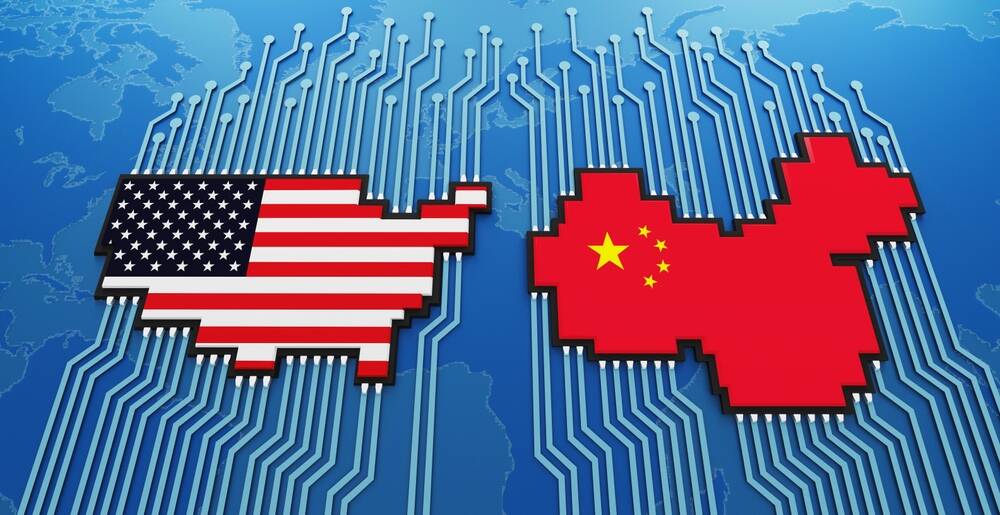Intel To Expand Chengdu Facility, Despite US China Tension

Intel is expanding its packaging and testing base in Chengdu, a move that signals its intent to remain firmly rooted in the Chinese market, despite geopolitical pressures.
Chipzilla confirmed via social media on Monday morning that relevant planning and construction has already begun on the 21-year-old facility.
The expansion will introduce packaging and testing services for server chips and establish a "customer solutions" center that promotes digital transformation and "provides customized solutions based on Intel architecture and products to industry."
"The expansion plan reflects Intel's continued cultivation and development in Chengdu," explained Intel.
Wang Rui, chairman of Intel China, said "China's continuous promotion of high-quality development and high-level opening up to the outside world are the foundation and driving force for Intel's long-term development in the Chinese market."
China was Intel's largest sector last year, accounting for 27 percent of its $54 billion revenue in 2023.
Beijing however, doesn't appear to be as keen on Intel's affinity and would prefer homegrown chips to those from western companies. In April, China's Ministry of Industry and Information Technology told domestic telcos to inspect and make a plan to remove non-Chinese semiconductors from their networks, a move that largely impacted Intel, along with AMD.
This move was perceived as retaliatory, especially in light of the U.S. Federal Communications Commission's earlier ban on Huawei and ZTE telecommunications equipment in the US market.
- Chipmakers, you can have these billions – but Uncle Sam wants a cut of your profits
- Intel hits back at China's accusations it bakes in NSA backdoors
- Intel to shed at least 15% of staff, will outsource more to TSMC, slash $10B in costs
- Intel frees its Foundry biz – and that's just one of many major shake-ups today
Intel CEO Pat Gelsinger has been vocal about his disdain for US export restrictions on China, but they've sparked no change. Further regulations from the Biden Administration, were issued just this past summer, including ones with great effect on Intel's investment arm.
Overall, Intel has not been having an easy time. It's Q2 earnings report was largely considered disastrous and included news of $1.6 billion in net losses, a 15 percent global workforce cut and reduced capital expenditures.
Soon after, Gelsinger announced it would be spinning out its Foundry division as an independent subsidiary.
Meanwhile, the tit-for-tat drama between China and the US with Intel in the middle carried on. Chipzilla was accused by an industry group of putting backdoors into its China chips at the direction of America's NSA. In response, Intel promised it follows the law everywhere it does business.
Intel would like to very much stay on the good side of both governments, especially while the US is doling out CHIPS subsidies for domestic fab expansions.
Intel was awarded $8.5 billion in grants and $11 billion in loans in March under the Chips and Science Act. It reportedly qualified for another $3.5 billion in federal grants to make semiconductors for the Pentagon last month. ®
From Chip War To Cloud War: The Next Frontier In Global Tech Competition
The global chip war, characterized by intense competition among nations and corporations for supremacy in semiconductor ... Read more
The High Stakes Of Tech Regulation: Security Risks And Market Dynamics
The influence of tech giants in the global economy continues to grow, raising crucial questions about how to balance sec... Read more
The Tyranny Of Instagram Interiors: Why It's Time To Break Free From Algorithm-Driven Aesthetics
Instagram has become a dominant force in shaping interior design trends, offering a seemingly endless stream of inspirat... Read more
The Data Crunch In AI: Strategies For Sustainability
Exploring solutions to the imminent exhaustion of internet data for AI training.As the artificial intelligence (AI) indu... Read more
Google Abandons Four-Year Effort To Remove Cookies From Chrome Browser
After four years of dedicated effort, Google has decided to abandon its plan to remove third-party cookies from its Chro... Read more
LinkedIn Embraces AI And Gamification To Drive User Engagement And Revenue
In an effort to tackle slowing revenue growth and enhance user engagement, LinkedIn is turning to artificial intelligenc... Read more

